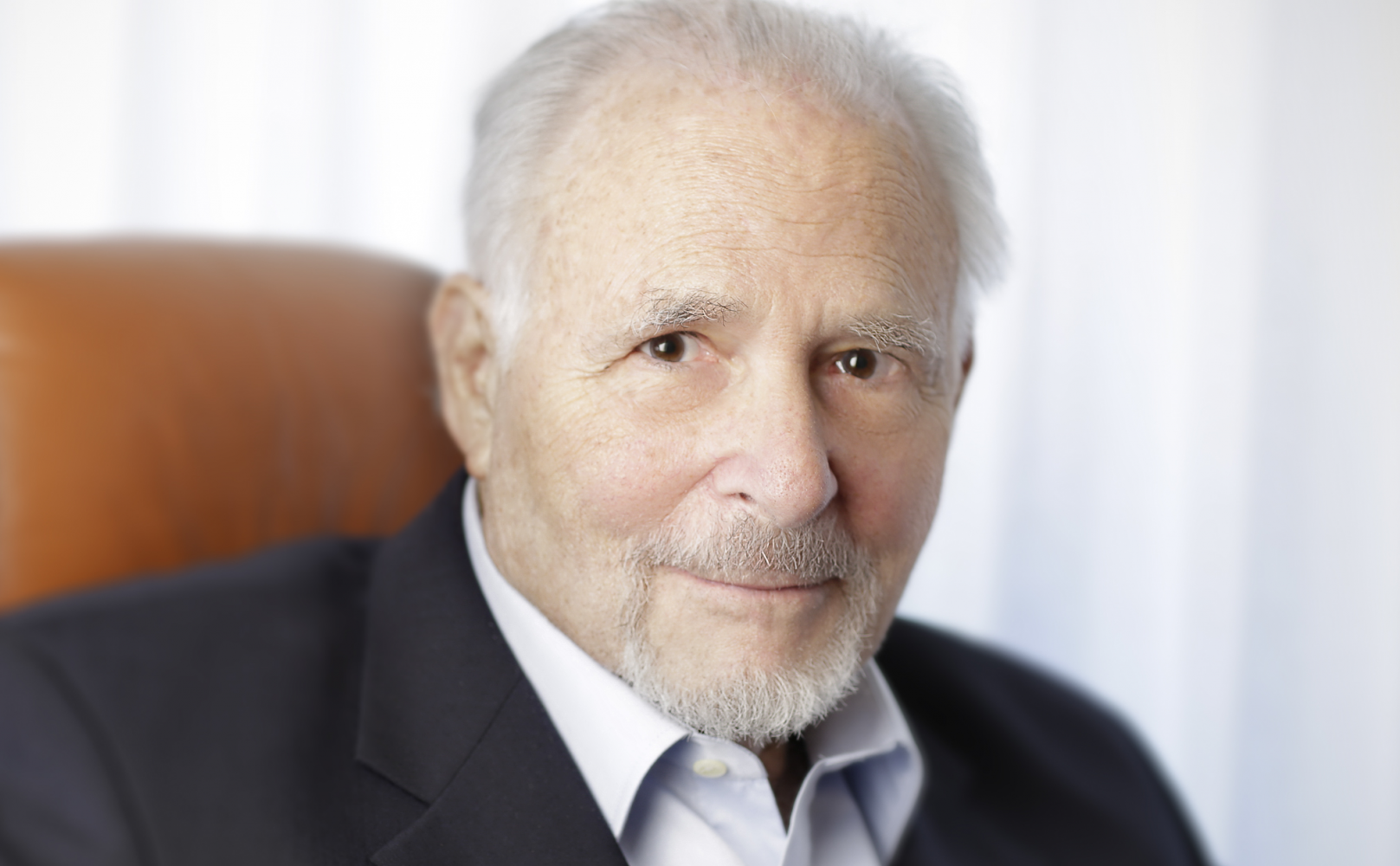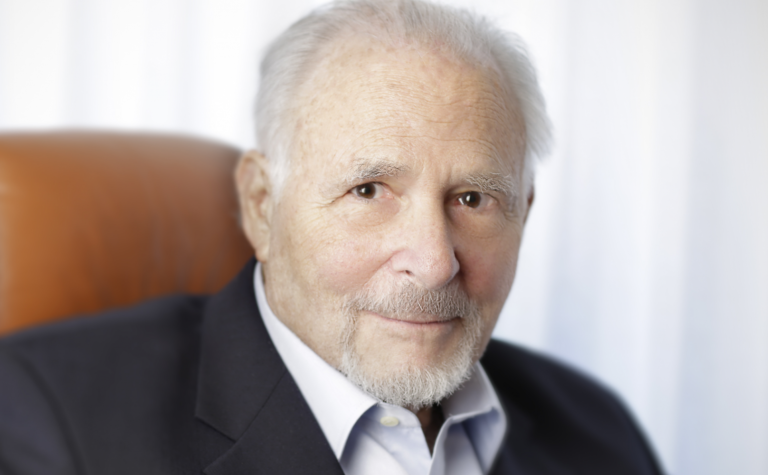 This Atlas was created to increase understanding of how emotions influence our lives, giving us choice, (at least some of the time) about which emotion we are experiencing, and how our emotions influence what we say and do. While emotions are central to our lives – providing the joy, alerting us to threats, a force for change, a warning against what is toxic, and calling to others for help – we don’t choose what to feel or when to feel it. The Atlas of Emotions was created to give us more awareness of our emotions, and sometimes even some choice about what we are feeling, through better understanding of how emotions work.
This Atlas was created to increase understanding of how emotions influence our lives, giving us choice, (at least some of the time) about which emotion we are experiencing, and how our emotions influence what we say and do. While emotions are central to our lives – providing the joy, alerting us to threats, a force for change, a warning against what is toxic, and calling to others for help – we don’t choose what to feel or when to feel it. The Atlas of Emotions was created to give us more awareness of our emotions, and sometimes even some choice about what we are feeling, through better understanding of how emotions work.
About the Ekmans
Paul Ekman is a renowned American psychologist who pioneered the field of emotion research by demonstrating the universality of facial expression of emotion and mapping all 43 muscle groups used in facial expression. His widely accessible research has gained him the unique status of working with both law enforcement (to train people in identifying deception) and the Dalai Lama (to explore the philosophical underpinning of eastern and western approaches to emotions). After 40 years on the faculty of the University of California, San Francisco, he has been running a private training company, Paul Ekman Group, since 2001.
Eve Ekman is a post-doctoral scholar at UCSF’s Osher Center for Integrative Medicine. Eve’s research focuses on reducing stress to sustain empathy and meaning in work. She is a teacher trainer for Cultivating Emotional Balance (CEB), an emotion-regulation and meditation intervention based in western science and contemplative practices of emotion designed by Paul Ekman and Buddhist scholar B. Alan Wallace. Eve adapts CEB to train care providers in medicine, education and criminal justice.
About Stamen Design
Stamen was founded by Eric Rodenbeck in 2001 to take advantage of opportunities in emerging digital media in the wake of the dot-com crash. The studio has since grown to a staff of twelve and has established a reputation for its expertise in creating compelling interactive design and data visualization projects. Its portfolio is not easily classified, but is characterized by a loving engagement with media and a deep involvement with its collaborators. It is neither a research and development lab nor a straight-up design firm, but something in between: a place where work is valued, good ideas can come from anywhere, and results are paramount. Its close engagement with technology leads to numerous research projects that have a way of finding applications in the real world.
How Did This Atlas Come To Be?
Emotions occur automatically, they seem to happen to us, not by choice but without conscious thought. We don’t always realize we are in the grip of an emotion until someone points it out to us, or until the emotional episode is over. Having choice about when to experience an emotion, and how to experience it requires introducing a foreign element into the onset of an emotion – awareness. Skills must be developed if that awareness is to become possible, if we are to exercise choice about when we experience which emotion, and how we experience it. The Atlas of Emotions was created to illuminate it.
The Dalai Lama asked Paul Ekman to create a map of the emotions, hoping that such a map would enable people to have more constructive emotional experiences. When we wanted to get to the new world he said, we needed a map to get there. If we want to get to a calm state of mind we need a map of the emotion. He asked Ekman to base the emotional map on the scientific consensus about what emotions are.
Why Use This Atlas?
We need to understand our emotions and develop skills to have a choice about (1) when we become emotional or what brings forth an emotional response, and (2) how we respond and what we say and do when we are emotional. These skills are not given to us by nature, but we can learn them. Exploring the Atlas of Emotions will increase your understanding of what emotions are and their effects on us, giving you an increased awareness of what is happening to you when you experience emotions.
What Is Emotional Awareness?
Why does emotional awareness help us manage our emotional lives? The simple answer is that we live most of our days completely unaware of what emotions we are feeling and what words and actions they motivate. Typically we are aware of our emotions only after an emotional episode, especially if we then regret how we acted. The goal of the Atlas of Emotions is to help people become aware of the impulse to act before acting and then choose whether to engage, and if so how to engage. This means understanding what triggers emotions, which triggers most people share, which triggers we are especially sensitive to and which triggers usually result in a regrettable emotional episode. This isn’t easy to achieve, but exploring the Atlas of Emotions provides the vital, necessary first step. In the Annex of the Atlas, you will find suggestions about other practices you may want to adopt to heighten your awareness of your own emotions.
What Is the Link Between Emotion and Stress?
Our uncontrolled emotions make us susceptible to stress. In fact, stress is defined as an emotional over-arousal (an emotional experience that is too strong and lasts too long, and interferes with the rest of our life). The consequences of stress, especially prolonged stress, include poor sleep, negative moods, diminished cognitive functioning (including memory and focus), strain on personal and professional relationships and a variety of poor physical health outcomes.
What Is an Emotion?
An episode of emotion is a brief, succinct experience, one which does not always fit our expectations. Most emotions arise in under a twenty-fifth of a second and last no longer than a few minutes. We often feel as though our emotions last much longer; however, what we are remembering is likely a series of emotion episodes. The definition of emotion is as follows:
Emotion is a process, a particular kind of very fast, automatic appraisal influenced by our evolutionary and personal pasts, in which we sense that something important to our welfare is occurring and a set of physiological changes and behaviors begin to deal with the situation. In particular, emotions efficiently coordinate diverse response systems, thereby helping us respond to important challenges or opportunities.
Let’s unpack this definition. Emotion is a process, meaning there are a series of small stages that make up an emotion episode. This begins with our automatic appraisal or perspective of the world as influenced by our personal past (our learned responses arising from life experiences) and our evolutionary past (our hardwired responses that have been passed down genetically). This appraisal helps us filter what is “important to our welfare.” Typically appraisal is so fast that we are totally unaware of it. Because our appraisal is influenced by our personal pasts, we can have quite distinct responses to the world. Consider this example: You are walking down the street with a close friend and an approaching car with its windows down is loudly playing a song. For you this song elicits a feeling of great sadness; it is the favorite song of a friend who died from cancer and was played at her or his eulogy. However, for your friend, who did not know this person and has no association with the song, there is no emotional response, or perhaps there is annoyance about the loud noise. You and your friend are on the same street hearing the same song, but your response is learned and personal. But if that same car had to avoid a cat running across the road and suddenly veered onto the sidewalk, both you and your friend, irrespective of personal pasts, would jump backwards in fear. This is a universal response to an imminent threat. Emotions help us respond before we even have time to think, “What is that car doing?” This is the brilliance and burden of emotions: They can rally our physiological responses to cause immediate behaviors to save our lives, but they arise without our choosing them and can feel quite out of our control. We will begin mapping our own emotion episodes as explorers immersed in this Atlas.
The end of this definition points to the evolutionary perspective of emotions. This means looking at emotions the way we look at our thumbs or eyelashes for their functional properties. While emotions do not serve the critical functions of allowing us to grasp or keeping dust from our eyes, they were just as critical for our survival in the environment in which we evolved. In addition to helping us respond to immediate threats (running from a saber-tooth tiger in fear or standing up to a less-threatening beast with anger), they also helped us form the social cohesion of a tribe through shared enjoyment. Importantly for our early survival, our emotion system includes our rapid internal response as well as nonverbal signaling through our face.




